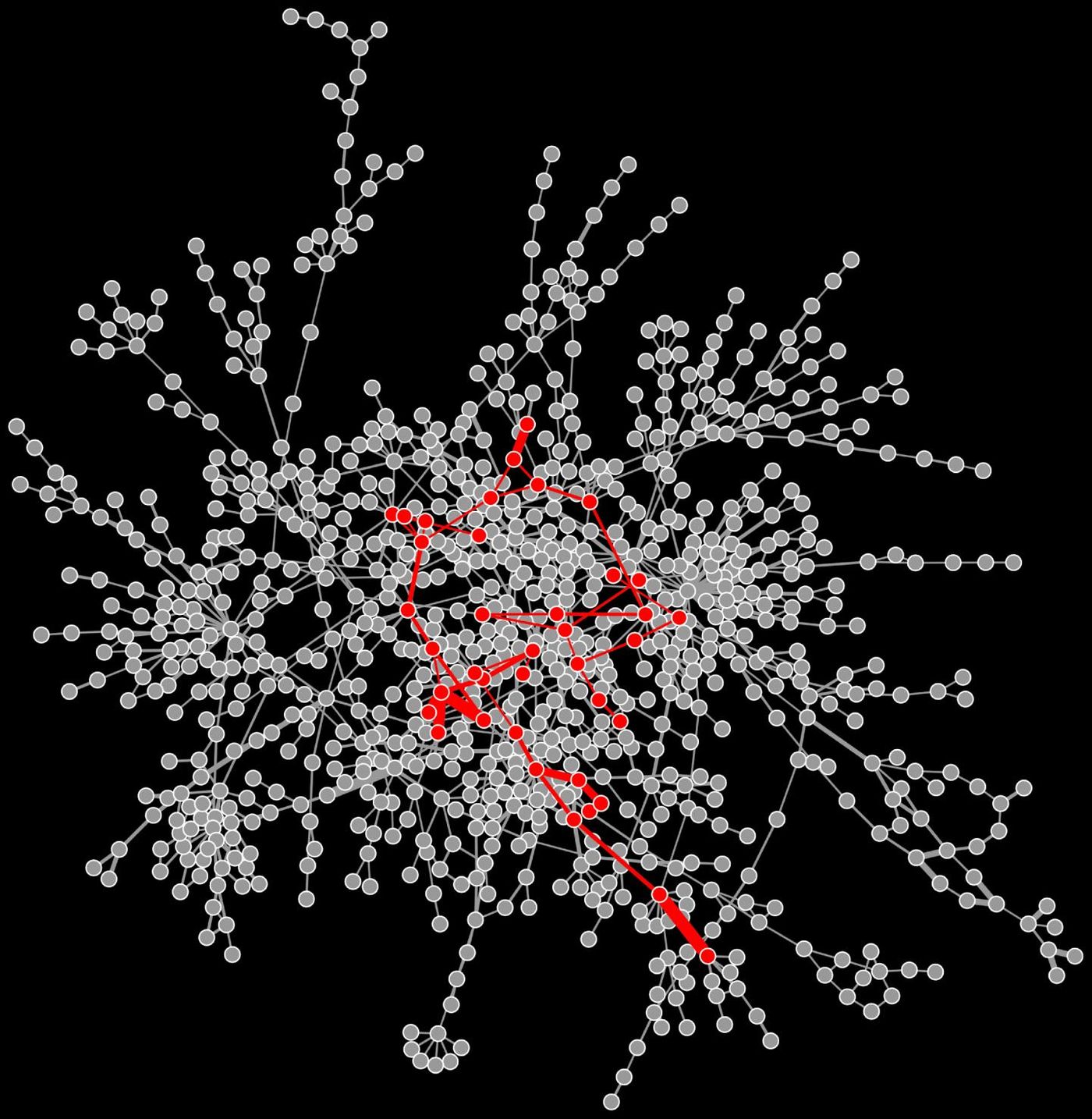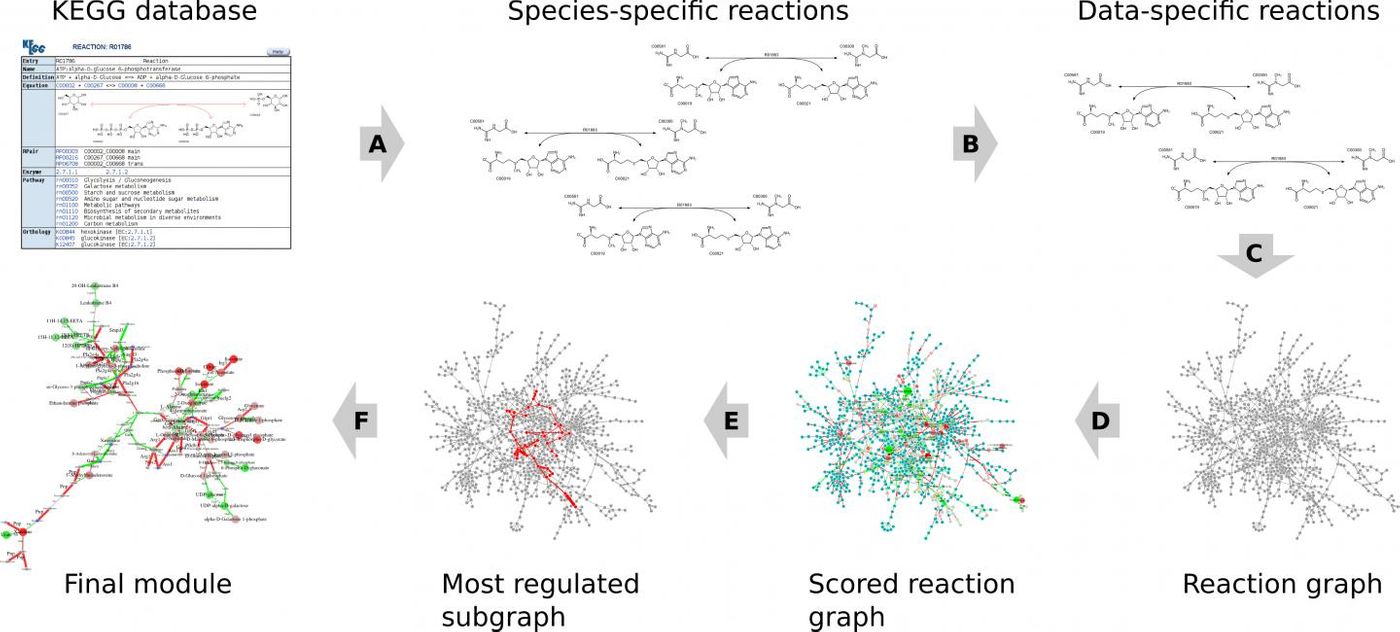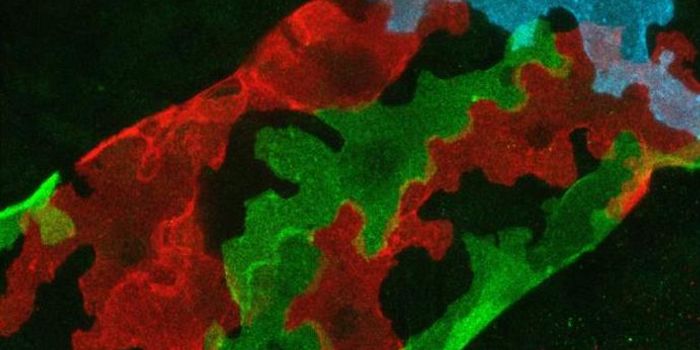A web service named
GAM (Genes and Metabolites) by its developers is now available to the public for use. The program was created by an international group of researchers from the United States, Canada, Russia and Germany and aims to help scientists analyze intricate biological functions in cells. Publicized in a study
published in Nucleic Acids Research, the website can identify links between modifications in genes and metabolism to aid in understanding how metabolic regulation affects cellular processes and genetic changes.

Senior author of the
publication Maxim Artyomov, an Assistant Professor at Washington University in St. Louis, said “Our service is a helping hand to many biologists and immunologists who investigate the effects of metabolism on clinical changes. In previous studies, we confirmed experimentally how well our algorithm performs. A large number of research groups turned to us for the help and Alexey Sergushichev from ITMO University in Saint Petersburg, Russia has created a web service, so that scientists from all over the world have easy access to this method.”
In a mammalian cell, 1,500 interrelated chemical reactions could be happening at any one moment. That makes modeling biological processes immensely complicated and challenging and until now, no such effective computational service existed for free.

As a sort of proof of concept, the group had tested the algorithm in a study of cancer cells; they were able to demonstrate that inhibiting some metabolic processes in cancer cells can delay tumor growth.
The immune system is another part of physiology that is appreciably influenced by gene expression. "Metabolic pathways incorporate enzymes that catalyze chemical reactions. These enzymes are encoded by specific genes. Using our web service, one can analyze changes not only in metabolite concentrations but also in gene expression. Thus, we can understand the mechanisms of cellular processes and to identify key reactions in the course of various autoimmune diseases. In the future, it will aid the development of immune system regulators, for example, immune suppressors for the effective treatment of such pathologies as diabetes mellitus type I or chronic hepatitis B, which are caused by the immune system disorders," said Alexey Sergushichev.
The program works by comparing data on gene expression and metabolite concentrations to a KEGG database in which a baseline for biological processes is established. Cellular functions can then be identified through analysis of the reference, or normal, state and compared to one under the influence of an external factor.
On one hand, the method is excellent for analyzing a network of reactions when scientists don’t know what patterns they are looking for. On the other hand, it helps detect signaling agents that transmit information about metabolic changes, and to study their role in intracellular processes. Parallel analysis of metabolite concentration and gene expression can narrow a search area and make a convoluted network of reactions understandable and readable for researchers.
Scientists can use
it now, without needing access to special software.
Sources:
ITMO University,
Nucleic Acid Research




![Master Lab Weighing: Accuracy, Compliance & Audits [eBook]](https://d3bkbkx82g74b8.cloudfront.net/eyJidWNrZXQiOiJsYWJyb290cy1pbWFnZXMiLCJrZXkiOiJjb250ZW50X2FydGljbGVfcHJvZmlsZV9pbWFnZV85MWRmZmRjMDIwNDBlMWJjMzYwN2ZiYWY2ZjI4ZGMzYzBmZGMwZGMyXzkxOTcucG5nIiwiZWRpdHMiOnsidG9Gb3JtYXQiOiJqcGciLCJyZXNpemUiOnsid2lkdGgiOjcwMCwiaGVpZ2h0IjozNTAsImZpdCI6ImNvdmVyIiwicG9zaXRpb24iOiJjZW50ZXIiLCJiYWNrZ3JvdW5kIjoiI2ZmZiJ9LCJmbGF0dGVuIjp7ImJhY2tncm91bmQiOiIjZmZmIn19fQ==)





